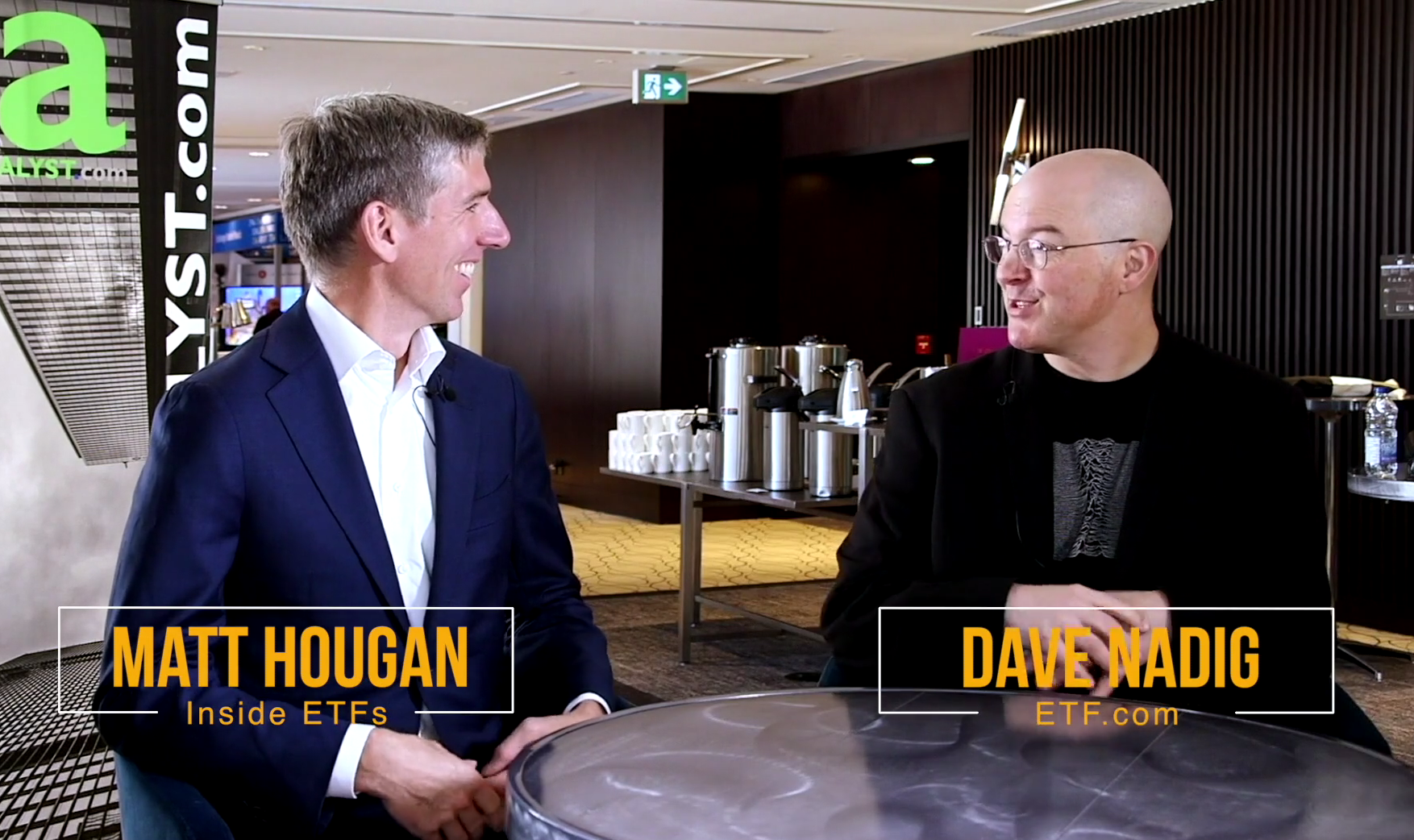by Kristina Hooper, Global Market Strategist, Invesco Ltd., Invesco Canada
As I write this, early on July 9, global stocks have hit a two-week high1 and the price of copper is rallying. Markets are clearly focusing on positive data at the moment, which is a welcome change. Below, I highlight six important things that happened last week – both positive and negative – and several upcoming issues to watch.
- The U.S. Federal Reserve is tracking trade tensions
Minutes from the June Federal Open Market Committee (FOMC) meeting were released last week. We learned from the minutes that some FOMC participants have been worried about the impact a brewing trade war would have on the economy. What’s more, Federal Reserve Bank presidents have been hearing from business contacts in their respective districts who are worried about the potential trade war. Some of them have actually been foregoing business investment or scaling it back because of uncertainty about trade policy – which is a trend I have long worried would happen.
The minutes also revealed a continued concern about the potential for an inverted yield curve, and some participants believed it would soon be appropriate to stop referring to U.S. monetary policy as “accommodative,” which suggests the possibility that there will be a higher hurdle to overcome in order to make any additional rate hikes. From my perspective, the FOMC’s concerns about trade as well as the potential for an inverted yield curve suggest the chances of a fourth rate hike this year have at least slightly diminished. After all, one could argue that given how the spread is closing between the 2-year and the 10-year Treasury yields, we may soon be one rate hike away from an inverted yield curve.
But not all was dovish. There was another line in the minutes that was a cause of concern for Wall Street: Participants expected that it would likely be appropriate “to continue gradually raising the target rate for the federal funds rate to a setting that was at or somewhat above their estimates of its longer-run level by 2019 or 2020.” This suggests that the Federal Reserve (Fed) may be revising upward the terminal rate for Fed funds.
- Strong job growth is reported in the U.S. and Canada
The U.S. jobs report for June was released last week, showing another month of strong growth in nonfarm payrolls (more than 200,000) and a rise in the unemployment rate that indicates more people are actively searching for work.2 However, wage growth remained tepid, suggesting that there is not as much pressure on the Fed to raise rates four times this year.
Similarly, the Canadian jobs report for June was also released, showing solid job growth of nearly 32,000 nonfarm payrolls and a similar rise in the unemployment rate, which as mentioned above indicates more people are actively searching for work.3 This increases the odds that the Bank of Canada – which already seems eager to raise rates – will raise the discount rate when it meets next.
- U.S.-China tariffs take hold
July 6 was a monumental day for global trade: The U.S. officially enacted its previously announced tariffs on $34 billion of Chinese imports, and, as promised, China immediately retaliated with tariffs on $34 billion of U.S. goods.4
The U.S. Chamber of Commerce has criticized President Donald Trump’s tariff plan as “nothing more than a tax increase on American consumers and businesses” and with good reason, since consumers are often the biggest victims in a tariff war. China accused the U.S. of starting “the largest trade war in economic history.” To counter the impact of U.S. tariffs, China recently lowered tax rates on certain goods imported from Europe and Southeast Asia. In addition, it has made overtures to the European Union (EU) to form a closer trading relationship that excludes the U.S. While the EU has thus far rejected that invitation, it has promised to fight back against the U.S. tariffs.
- Brexit talks advance – and the controversy grows
UK Prime Minister Theresa May’s cabinet concluded a summit on Friday, the objective of which was to reach an agreement on its post-Brexit relationship with the European Union. The participants agreed to a “business friendly” relationship that could be characterized as a “soft Brexit,” acquiescing to the requests of many nervous British business leaders.
However, pro-Brexit members of the government are staging an uproar over this because this proposed relationship is arguably very similar to the current relationship the United Kingdom has with the European Union. Two key members of the May cabinet resigned in the past several days – Brexit Secretary David Davis and Foreign Secretary Boris Johnson – which suggests dissension, instability and a possible challenge to May’s leadership. May is facing criticism from all sides in her attempt to arrive at an agreement that is amenable to a fractured and divided UK. Keep in mind that the UK is far behind where it should be in hammering out the kind of post-Brexit relationship it would like to have with the EU as the clock continues to run and we near the March 2019 deadline. And so it’s no surprise that the agreement also includes a focus on contingency planning for the possibility that no deal is reached given “the short period remaining before the necessary conclusion of negotiations.”
- The EU reaches a compromise on immigration
The European Council met recently to discuss its immigration policies and has reached something of a compromise. German Chancellor Angela Merkel, recognizing the growing threats to her leadership within Germany, appears to have capitulated somewhat on immigration – the hot button issue facing the EU right now. However, that may not be enough as, after the compromise was announced, she continued to face domestic challenges that are weakening her power.
- The Bank of Japan is expected to stay the course
In its quarterly report on economic conditions, the Bank of Japan (BOJ) maintained a positive assessment of economic conditions in all nine of its regions, but indicated that there were concerns about rising wages and labour shortages in some of the regions. Since inflation is far from the BOJ’s target, this suggests monetary policy will remain extremely accommodative.
What to watch in the coming week
- The NATO summit. Be prepared for some divisive rhetoric between the U.S. and its Western allies. Fears are likely heightened because of Trump’s scheduled summit with Russian leader Vladimir Putin following the NATO summit. The NATO alliance is just one institution that I have argued has become vulnerable because of populist and nationalist movements. However, keep in mind that what we will hear will likely just be rhetoric, and nothing that transpires should have a material impact on markets or the economy, in my view.
- Details on Brexit. The white paper outlining the UK government’s position on Brexit will be released. This proposal will fill in many of the details on the agreement arrived at by the May cabinet on Friday. It will likely be scrutinized and argued about, with the potential to galvanize Tory Brexiteers into challenging May’s leadership. We will want to follow this closely, as this plan is likely to be the most positive one for UK business.
- Trade policy. We will want to see if any countries announce any additional tariffs this week; that will help give us a sense of whether tariffs will escalate quickly or remain in something of a holding pattern. Interestingly, a recent survey by Invesco found that 73% of investors are worried about the potential for a trade war and believe it could lead to a stock market downturn this year.
- The U.S. dollar. The dollar has recently weakened – I believe in response to the largely dovish FOMC minutes. This has had positive implications for emerging markets stocks.
- Earnings season. I believe this will likely be a very positive earnings season for North America and Europe, although Asia appears to be more lackluster based upon those companies that have already reported earnings. From my perspective, what’s far more important than the earnings reports will be the earnings outlooks. We will want to pay close attention to the earnings calls.
Key takeaway
As positive sentiment re-asserts itself among stocks globally, I am reminded of the importance of caution and discernment. There is certainly excitement about stocks given expectations of a strong earnings season, but recall that earnings reports are akin to looking in the rear-view mirror. It’s also worth noting that the yield on the 10-year U.S. Treasury suggests more fear among investors than what global stocks are suggesting – and typically U.S. Treasuries have been a more accurate gauge of fear.
And so, while I believe there remains an upward bias for the stock market, that bias is diminishing. And the potential for an acceleration in trade wars suggests the importance of maintaining discernment in stock selection while being well-diversified in asset allocation – including alternative asset classes, which may help to cushion a portfolio for a potential stock market sell-off.
In the recent Invesco survey, we found that investors were very rattled by the rapid market sell-off experienced in the first quarter. I worry that another sell-off could catch investors off guard, given how easily markets have thus far shrugged off protectionist concerns. It’s important for portfolios to provide capital appreciation potential and exposure to adequate income, but be prepared for that next market sell-off.
Subscribe to the Invesco Canada blog and get Kristina Hooper’s market reviews in your inbox.
This post was originally published at Invesco Canada Blog
Copyright © Invesco Canada Blog















